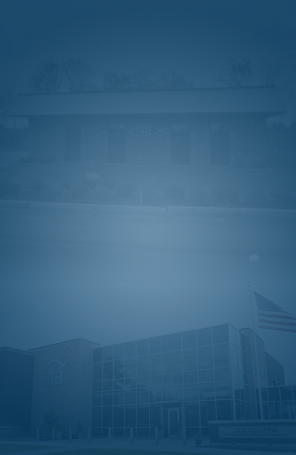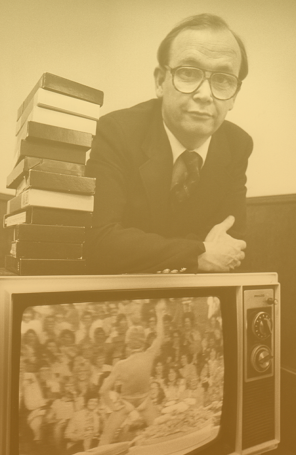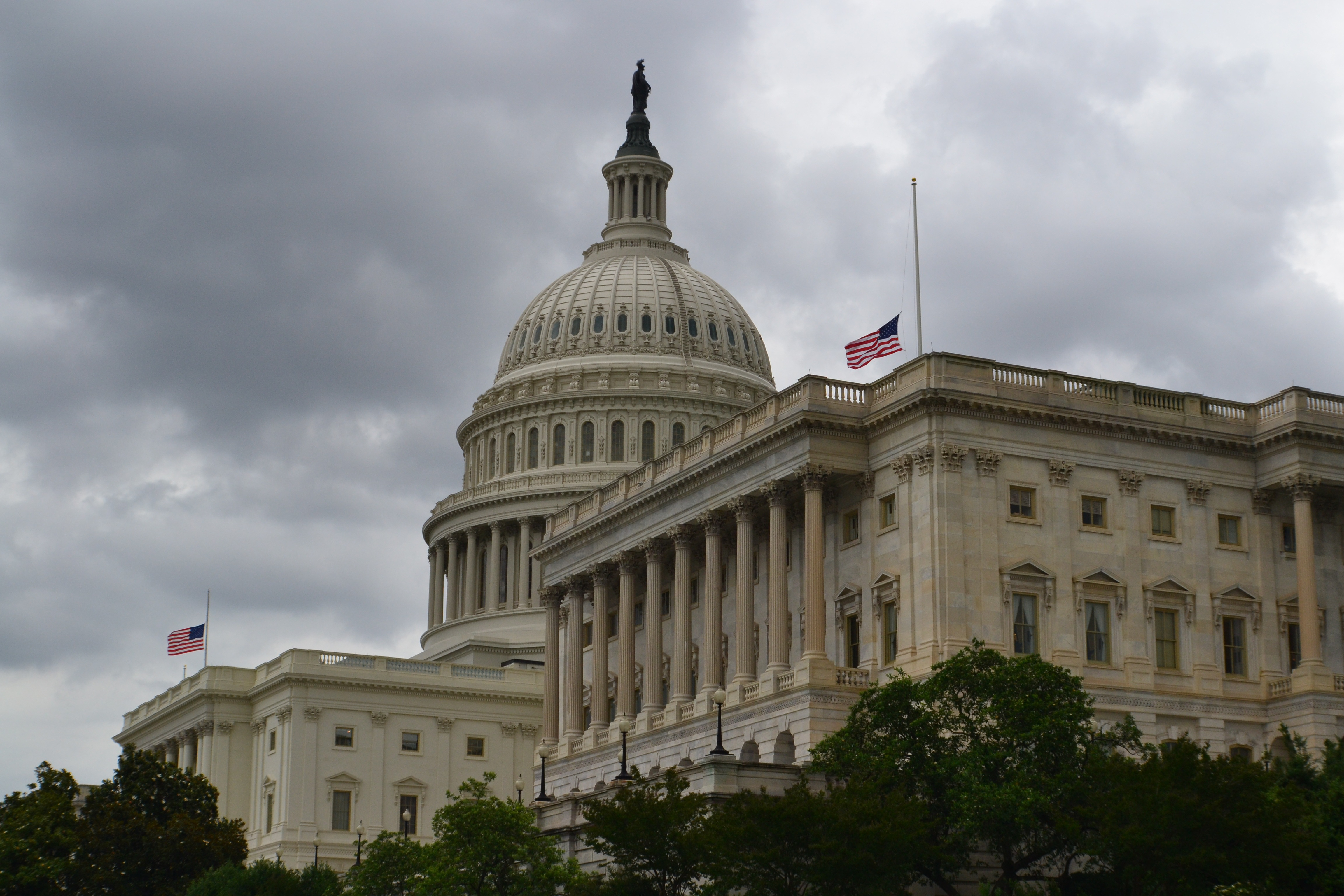Pennies Memorialize Child Victims of Holocaust
Sign up for a six month free
trial of The Stand Magazine!
(Above, The Unknown Child sculpture.)
And the Lord said unto Cain, Where is Abel thy brother? And he said, I know not: Am I my brother’s keeper? And he said, What hast thou done? the voice of thy brother’s blood crieth unto me from the ground (Genesis 4:9-10, KJV).
Holocaust.
For 76 years, hardly any other word has evoked such revulsion in the hearts and minds of people worldwide. Surrounding 850 ghettos and camps that perpetrated Hitler’s Final Solution, the bloodied, ash-laden soil still cries out to God.
And rightly so. During the Holocaust, almost 6 million Jews were systematically slaughtered by the Nazis and their collaborators. More than 1.5 million of those victims were children.
The memory of their deaths is fading fast because few Holocaust survivors remain to testify to the hideous truth. Before long, the bloodied ground may be the only witness left.
In fact, the Holocaust is being ignored, whitewashed, or outright denied in many American communities, schools, and churches. Consequently, recent studies indicate that two-thirds of young Americans know hardly anything about the Holocaust. Many claim it was exaggerated or just a myth.
But history affirms otherwise: The Holocaust is no myth. An entire generation of children was murdered. And each child had a name, a face, a family. Each one had hopes and dreams of a future. They must not be forgotten.
To know and remember – that is the mission of the Unknown Child Foundation (UCF).
Connecting to the past
Fittingly enough, UCF began with children. In a middle school classroom in Horn Lake, Mississippi, teachers Susan Powell and Melissa Swartz Wheeler wanted a real-life classroom connection to the Holocaust.
A local rabbi offered the name of a Christian woman – Diane McNeil – who had spent several years learning (and eventually teaching) about the biblical history, customs, and language of God’s chosen people, the Jews.
“Susan Powell emailed me asking for the name of a Holocaust survivor to speak to her class,” McNeil, now president of UCF, told AFA Journal. “I made some calls, and soon she had two survivors who came and spoke to her students.
“She contacted me after their visit wanting ideas for a meaningful Holocaust project to help students grasp the magnitude of the Holocaust. I met with Susan and Melissa on November 15, 2009, and out of that meeting, the Pennies Project was born, challenging Horn Lake Middle School students (HLMS) to collect a penny for each child murdered in the Holocaust.”
Counting the countless
The HLMS students got excited, but the enormity of their task quickly became apparent. Students began writing letters to actors, athletes, politicians – anyone they could think of – asking for pennies.
Along the way, family, friends, and community members got involved. In fact, GenSC, a homeschool group from nearby Collierville, Tennessee, joined the effort, becoming an integral part of the project. Soon, regional news media began sharing the story of the pennies via television, radio, and the internet.
Local organizations, churches, and businesses also contributed to the project. The owner of Memphis’s iconic Peabody Place Mall got onboard and permitted the students to scoop up all the coins in the mall’s fountain.
Excitement grew as pennies continued pouring in. Through it all, the students counted, cleaned, and stored pennies daily after school. Even when Powell and Wheeler were no longer their teachers, many of the students came back to their old classrooms to catalog pennies.
“The students were diligent at counting and cleaning the pennies,” Powell told AFA Journal. “But like most schools, storage space became an issue as the collection grew.
“Imagine trying to store all those pennies safely,” Powell added with a laugh. “It was often a juggling act. We moved huge containers of pennies from one available space to another over the years.”
Commemorating the lost
Finally, after 3 1/2 years, the Pennies Project was completed, but a new question arose: What should be done with over four tons of donated pennies?
Why, create a children’s Holocaust memorial, of course.
“The Pennies Project always sought to honor children of the Holocaust,” McNeil stated. “But we also wanted to bless Israel as the Bible instructs us in Genesis 12:3.”
Thus, a board of nine Christians was formed, and the Pennies Project officially became Unknown Child Foundation Inc. Eventually, the board added four Jewish members. As a new non-profit organization, UCF commissioned architect Doug Thornton to design an Unknown Child memorial.
Thornton first created a traveling exhibit to commemorate the Holocaust children. The display journeyed to several temporary locations including Bible Museum in Collierville. Currently, UCF’s exhibit is housed at DeSoto County Museum in Hernando, Mississippi.
Museum director Rob Long gave AFAJ a guided tour of the exhibit.
“The Pennies Project is such a part of our story,” Long explained, “since it started with DeSoto County students. So we were glad to partner with Unknown Child to tell their story and the story of 1.5 million children of the Holocaust.”
AFAJ was privileged to share Long’s guided tour with McNeil, Powell, and Thornton. Starting with a brief visual overview of World War II, the tour quickly moved forward, winding its way ever inward along the designated path.
“Designing the memorial, I wanted the children to be the main focus,” said Thornton. “Consequently, the climax of the tour is the Unknown Child sculpture, a powerful testament to the 1.5 million children of the Holocaust.”
The heart-rending sculpture was created by Rick Wienecke, a Canadian artist living in Israel. Wienecke’s creation depicts a small child huddled in a fetal position leaning helplessly against the closed door of a crematorium while symbolically reaching an arm through the oven.
Changing the future
Creating a proper, permanent setting for the sculpture inspired Thornton’s architectural designs for UFC’s future home. Unknown Child Holocaust Memorial will be built in Horn Lake, Mississippi, on the grounds of Circle G Ranch, formerly owned by Elvis Presley.
To fund the building project, supporters may “Place a Penny” on the future memorial’s wall in memory of a child of the Holocaust. Donors may select a specific Holocaust child from UCF’s extensive database of names.
Donations may be designated in honor of loved ones, with recipients receiving notifications of gifts given in their honor.
“When completed, the inner wall of Unknown Child Memorial will be covered with the 1.5 million shining pennies collected in the Pennies Project,” explained McNeil.
“It all started with pennies, and now those pennies will ensure that each child of the Holocaust is forever known and remembered.”
(Editor's Note: This originally appeared online HERE after appearing in the print edition of the AFA Journal.)

Sign up for a free six-month trial of
The Stand Magazine!
Sign up for free to receive notable blogs delivered to your email weekly.



















